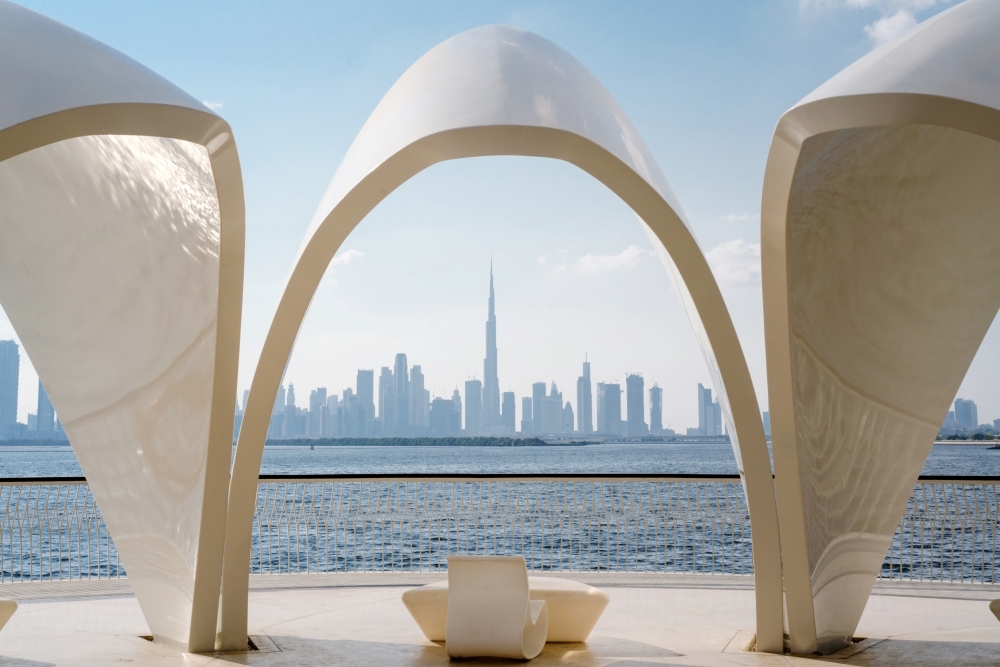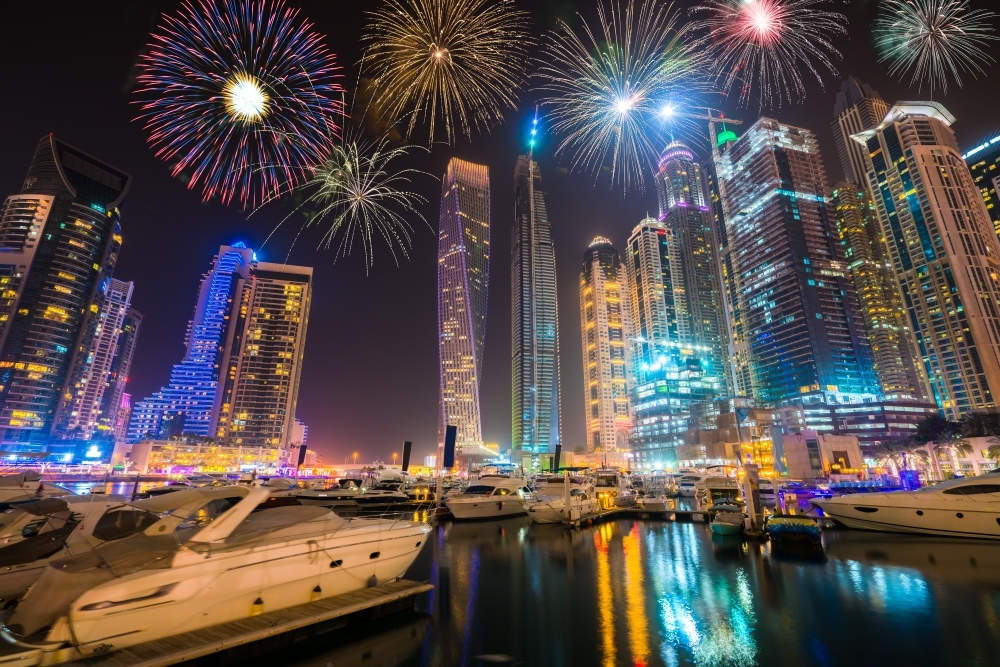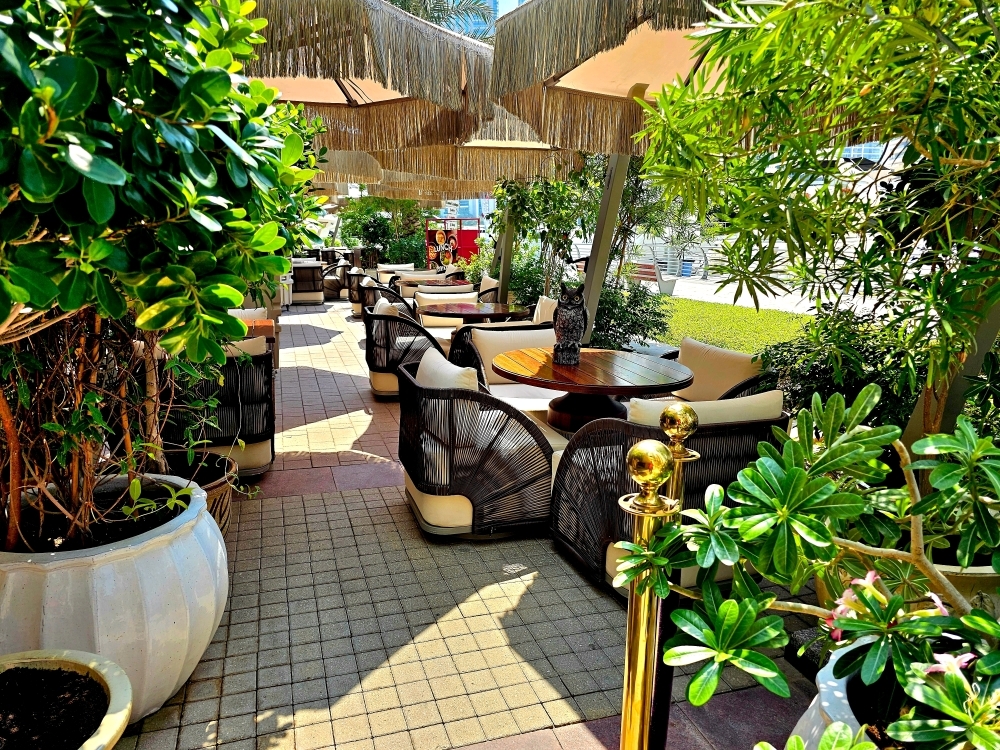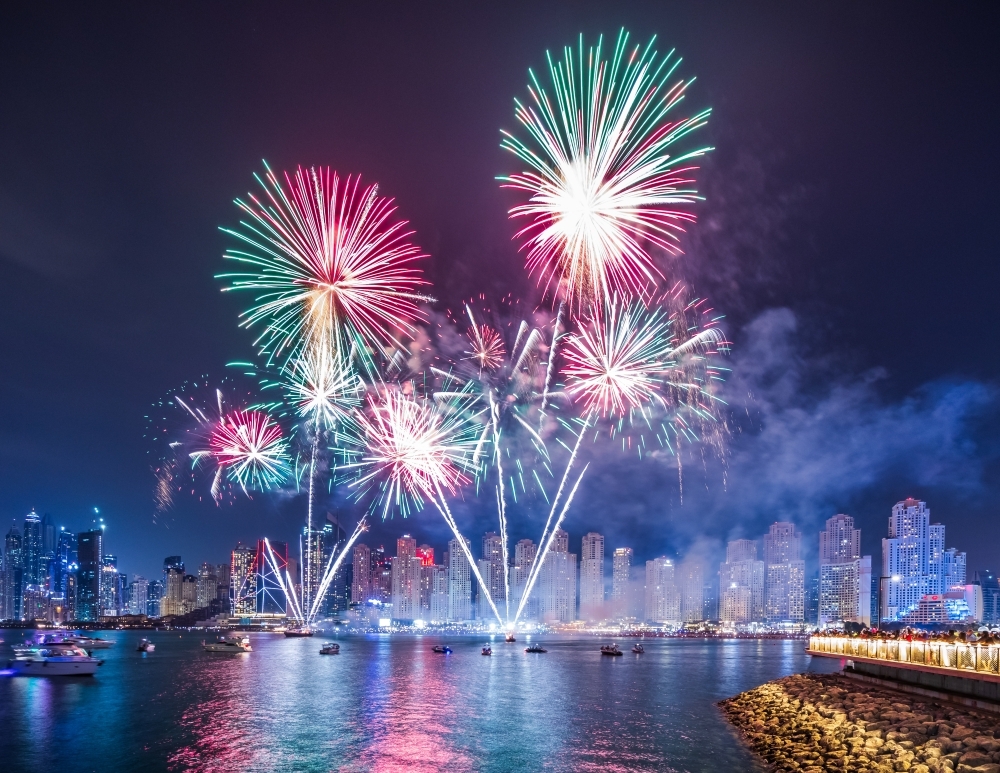The Most Exquisite Architecture in Lake Como
Declared “our greatest lake” by the Roman poet Virgil, Lake Como is a small slice of heaven in Italy’s Lombardy region, replete with some of the most captivating architecture in the world.
Lake Como has become one of the most beautiful examples of regal Mediterranean architecture. Storied villas with vines enveloping external columns and fine frescoed ceilings leave you in awe, with a lot of properties boasting private docks, boat houses and floor-to-ceiling windows to let in poetic scapes of the lake and Italian Alps. Como continues to attract A-listers from entertainment, fashion and royalty owing to its discreet, idyllic setting.
Read on to learn about the most exquisite architecture in Lake Como that displays its quintessential neoclassical and baroque style with many properties blending modern and medieval Romanesque elements. The location has become a popular destination for luxurious weddings and has inspired the Roman poet Virgil to label it “our greatest lake.”
1. Villa del Balbianello
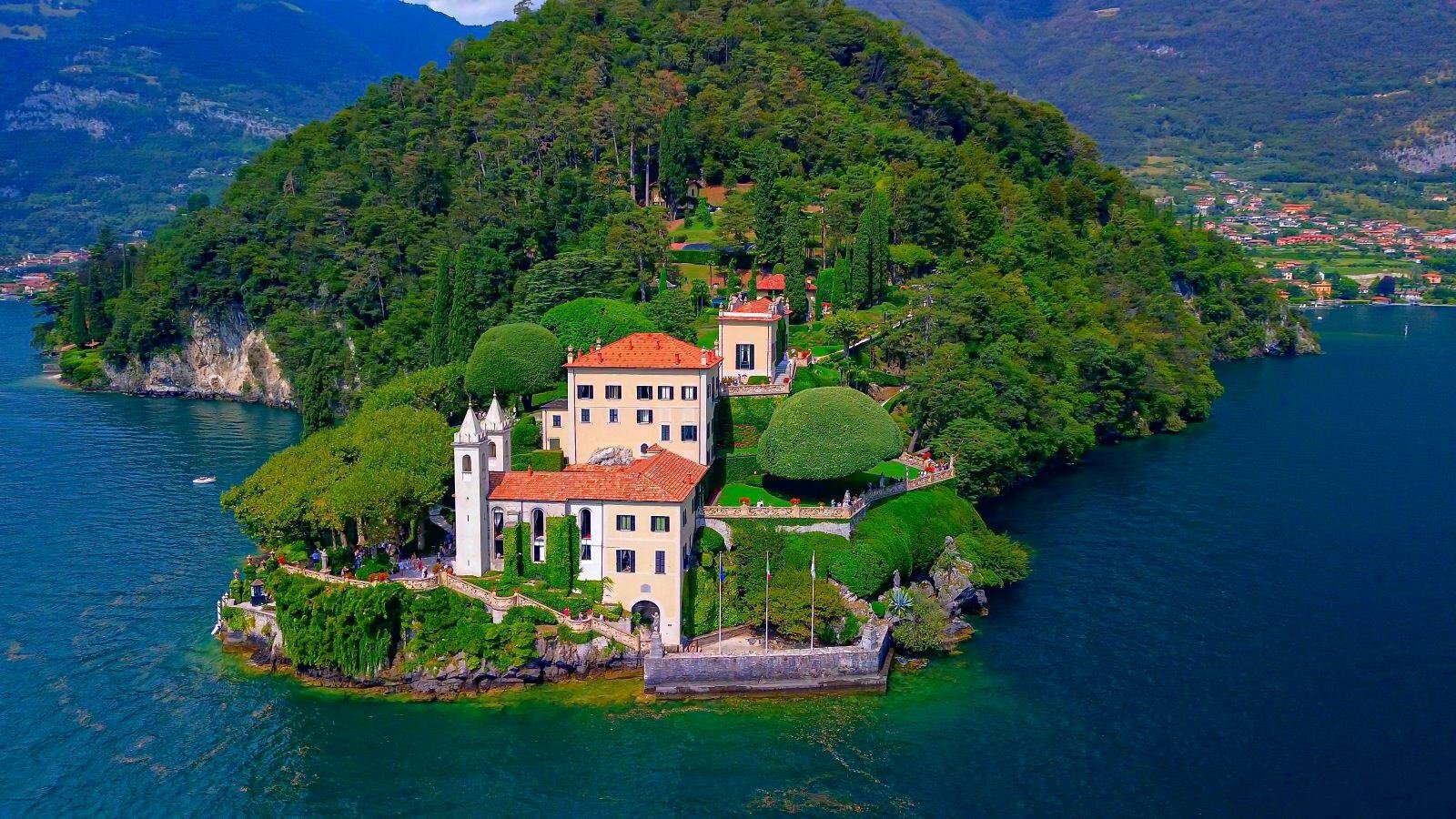
You don’t have to be an Italian architecture enthusiast to be familiar with the idyllic Villa del Balbianello. Built on the western shore of Lake Como, this grand villa has left an indelible mark in popular culture, featuring as Padmé Amidala’s lake retreat in Star Wars: Episode II – Attack of the Clones and as the hospital where James Bond recuperates in Casino Royale.
Originally commissioned by Cardinal Angelo Maria Durini as a peaceful summer residence, Villa del Balbianello is a quintessential example of Lake Como architecture, exemplifying the classical principle of symmetry across various buildings. Jutting up from the sea and blending artfully into the waterfront landscape, this castle-like estate is a beautiful embodiment of the relationship between human design and natural beauty.
One of the most romantic and picturesque features of Villa del Balbianello is the open-sided stone loggia. Here, lush greenery climbs up grand arches, framing stunning views of the sapphire-blue Lake Como. This beauty is enhanced by the estate’s sprawling gardens, bright and fragrant rhododendrons, and cypress trees.
The interiors of Villa del Balbianello are everything you might expect from a grand villa built at the height of the neoclassical era, featuring intricate wooden carvings and intriguing art and artefacts, including those from explorer Guido Monzino – the villa’s last private owner.
2. Villa Carlotta
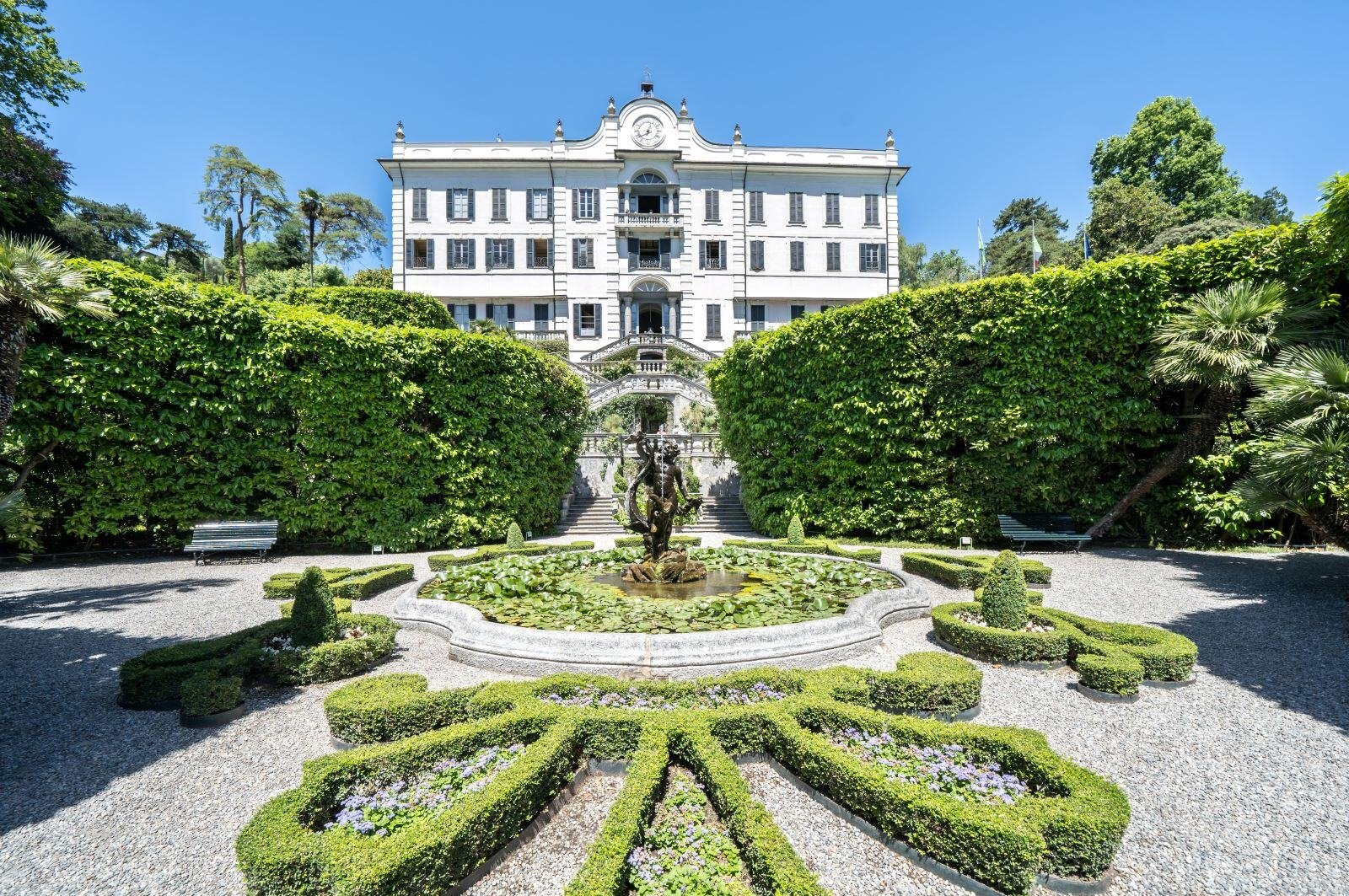
Villa Carlotta is a neoclassical masterpiece in Tremezzo, on the western shores of Lake Como. The villa was commissioned in the late 17th century by Giorgio Clerici, a wealthy Milanese banker seeking a grand summer residence that reflected his social status. Elevated above the lake, the facade is symmetrical, featuring tall windows and decorative mouldings that mirror the serene beauty of the surroundings.
The interiors are adorned with exquisite artworks and sculptures, including the famed Amor and Psyche by Antonio Canova and romantic paintings by Francesco Hayez. Intricate stucco work and grand marble staircases lead through a series of opulent salons, each more imposing than the last.
Visitors flock to Villa Carlotta to admire its stunning botanical gardens, which stretch across 20 acres. The grounds burst into colour with thousands of blooms, including azaleas, English roses, and fragrant citrus trees, all punctuated by ancient sculptures and calming water features.
3. Villa Melzi d’Eril
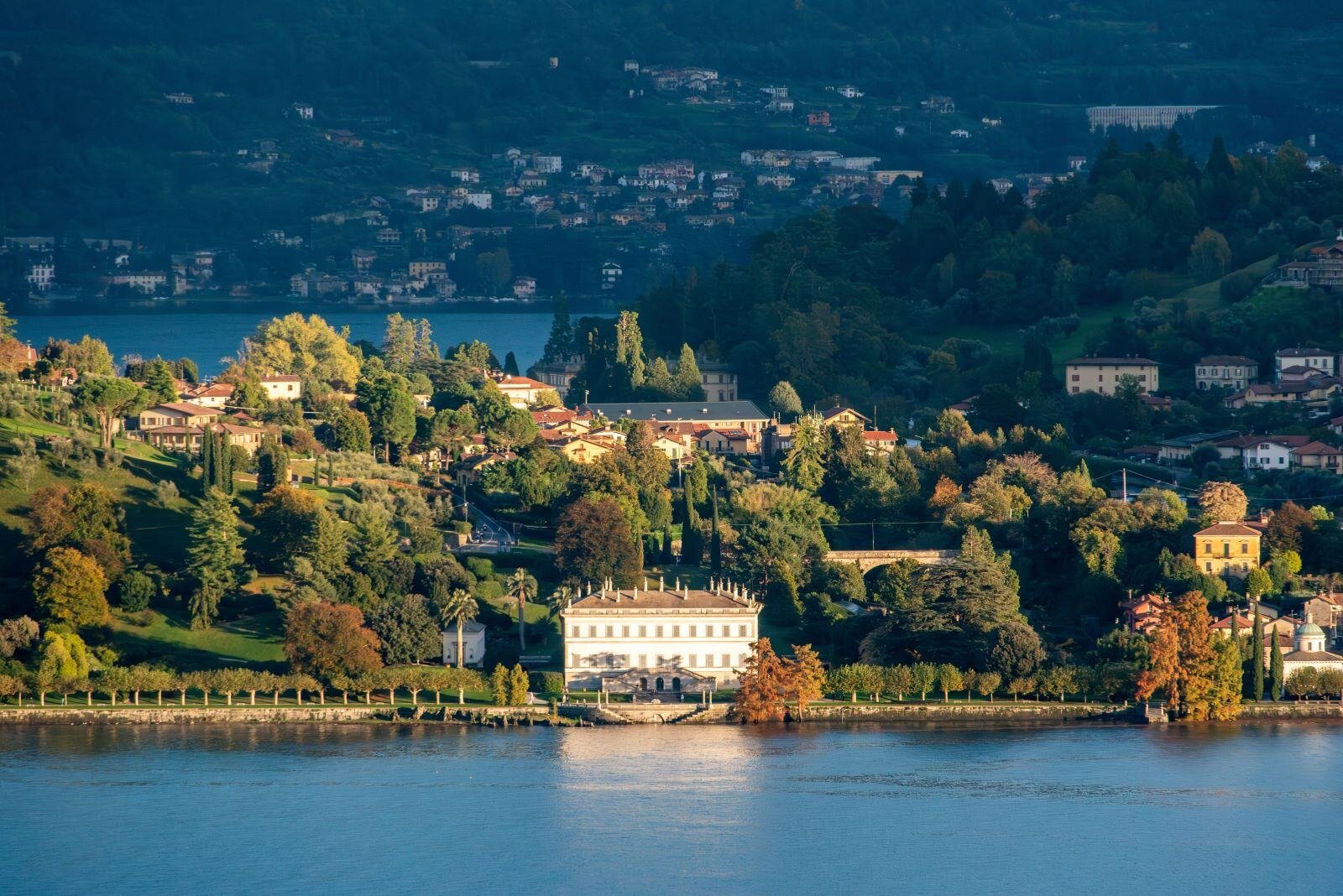
A beautiful piece of Lake Como history, Villa Melzi d’Eril was commissioned in the early 19th century by Francesco Melzi d’Eril, Vice President of the Italian Republic under Napoleon Bonaparte. Tucked away in the quaint town of Bellagio, Villa Melzi d’Eril is a model of neoclassical restraint, with its unembellished façade, clean lines, and muted colour palette. Tall, arched windows allow light to pour into the stately rooms, while the villa’s elegance is emphasised by its simplicity and proportion rather than excessive ornamentation.
The understated exterior gives way to a more opulent display as you enter the villa – rooms are adorned with period furniture and artworks, including busts of historical figures and detailed frescoes that tell the story of an era when art and power were closely intertwined.
What really sets Villa Melzi d’Eril apart though are its gardens, stretching along the lakeshore with a peaceful promenade. These English-style gardens are dotted with ancient trees, exotic plants, a koi pond, classical statues, and lovely water features, all set against the backdrop of Lake Como.
4. Villa Monastero
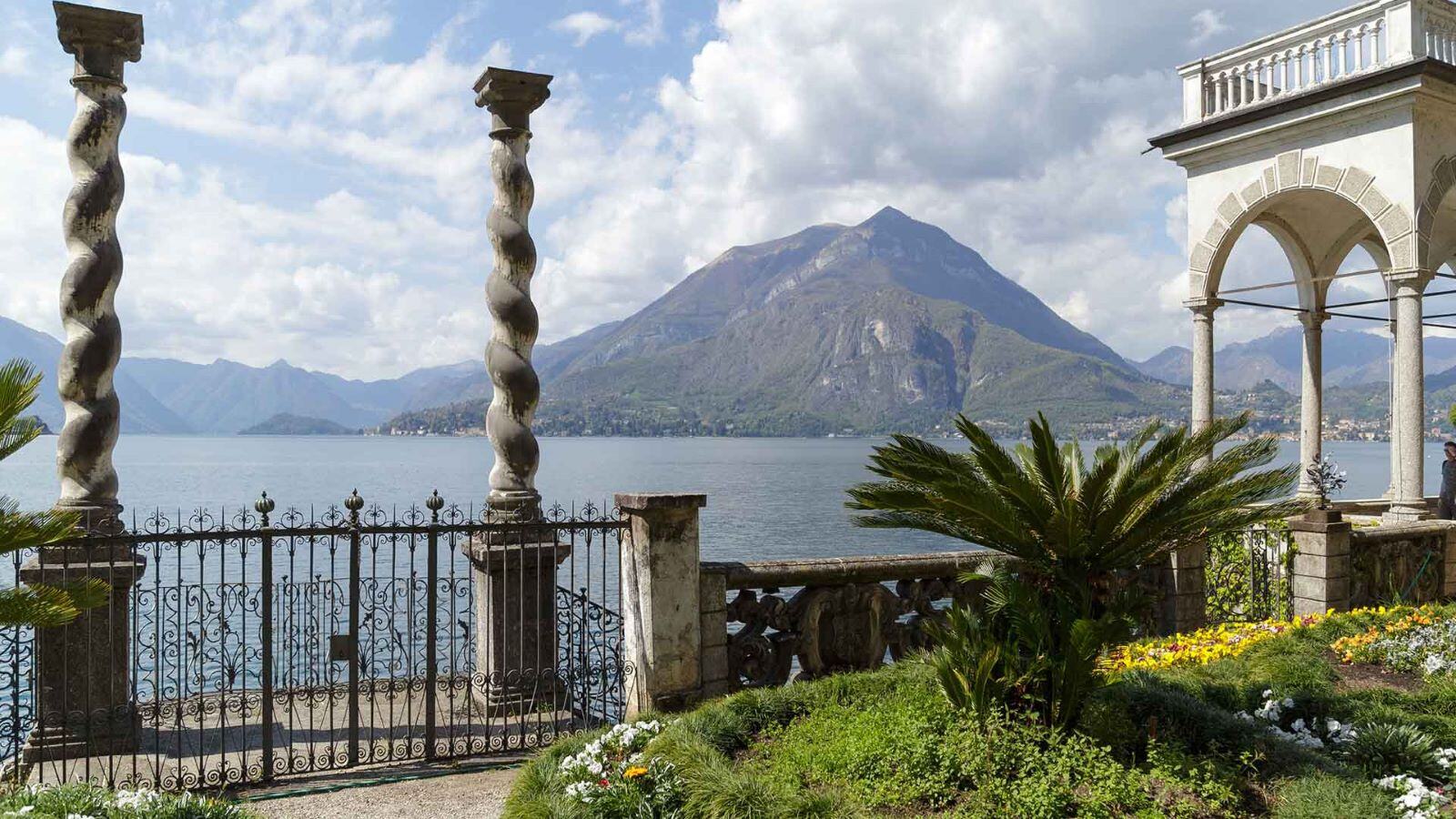
On the eastern shore of Lake Como is Villa Monastero, an architectural gem that blends mediaeval, Renaissance, and Baroque styles. A crucial building in the history of Como, Villa Monastero originated in the 12th century as a Cistercian monastery dedicated to Saint Mary of the Rocks. It retains many architectural features from this time, such as sturdy stone walls and a simple design that reflects its intended use as a site of religious contemplation.
Villa Monastero was secularised as a private residence in the 17th century, a common trend seen in Italy at the time. Renaissance and Baroque features were added throughout this period, such as grand stone loggia, elegant arches, and ornate stucco details.
One of the most notable features of Villa Monastero is the two kilometres of long, narrow gardens, designed in the Italian style with terraced landscapes and an exotic selection of plants. Exceptional views of the lake and mountains can be enjoyed from the villa’s loggia and terraces, inviting visitors for an introspective moment of reflection.
A truly grand example of Lake Como architecture, Villa Monastero is a testament to the rich history of this Italian province. Today, it houses a museum and conference centre dedicated to scientific and cultural events, but the chapel has been meticulously preserved.
5. Tempio Voltiano
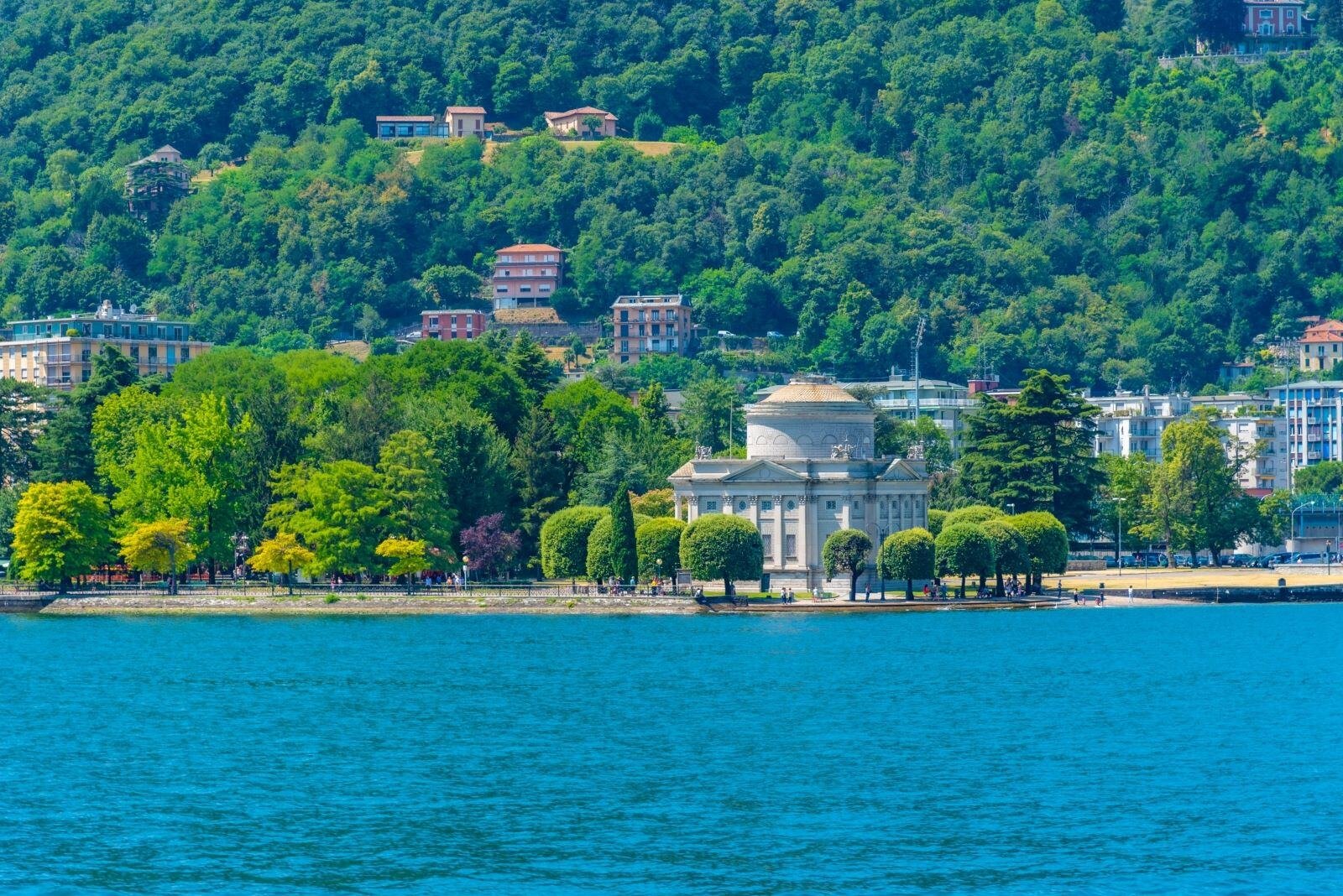
This captivating building in Lake Como was constructed in the roaring 1920s to honour the renowned Italian physicist Alessandro Volta, the inventor of the electric battery. Designed by Federico Frigerio, this temple-like structure is supported by six Corinthian columns, painting the picture of ancient Rome topped with a monumental central dome.
A monument to scientific progress and human ingenuity, Tempio Voltiano houses a collection of the physicist’s original instruments, documents, and personal items, positioning it as an important educational and cultural site in Lake Como. As with most of the buildings in the region, Tempio Voltiano is set within beautifully landscaped gardens along the lakefront.
Final Take
Each villa, temple, and garden in Lake Como tells a story of its own — a story of art and science, of nature and power. The architecture in this region endures for a reason: it masterfully complements the dazzling landscape, crafted with timeless materials that echo the beauty and permanence of Lake Como itself. From the romantic loggias of Villa del Balbianello to the neoclassical restraint of Villa Melzi d’Eril, these historic structures offer a glimpse into the very soul of this stunning Italian region.
